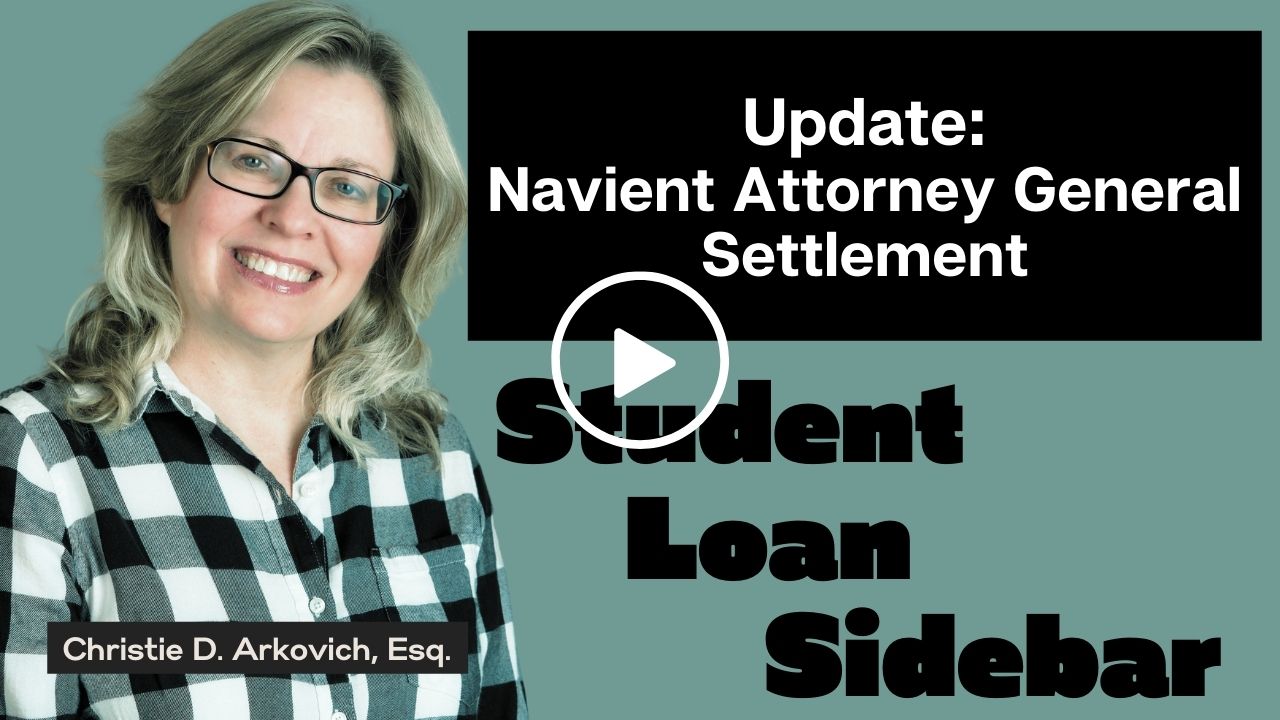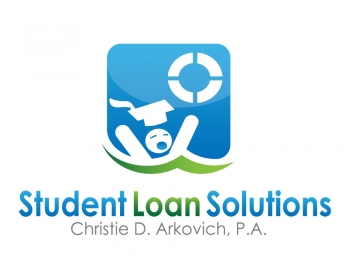| $1.8 Billion Navient Settlement — Are You Included?
|
 We’re starting 2022 off with good news. There is a $1.8 billion student loan settlement between Navient (a loan servicer) and 39 different state attorney generals.
We’re starting 2022 off with good news. There is a $1.8 billion student loan settlement between Navient (a loan servicer) and 39 different state attorney generals.
In the settlement, Navient agreed to “refrain from informing private loan borrowers that their loans are non-dischargeable in bankruptcy.”
It’s about time! If other servicers continue to falsely advise their borrowers that bankruptcy is not an option, we may want to file a misrepresentation lawsuit and obtain damages under our consumer laws.
For an in-depth analysis, our recording on the Navient Attorney General Settlement should answer your questions.
Please subscribe to our channel when watching — this will allow us to continue to offer free content to help those in need! We’re trying to increase our viewership and hitting the “like” button and subscribing helps us a lot. As always, thank you!
In other news, we want to clarify any confusion on the start date for federal student loan payments.
For those with Direct loans or FFEL loans owned by the government, the date moved from February to May 1. If you had a FFEL loan that was in default before COVID-19, this includes you.
Do you have a FFEL loan that’s not in default or a FFEL loan that is still owned by a third party?
Even though it is a federal loan, your servicer should notify you of the start date, which is any day now.
Want to avoid making payments until May 1 and obtain any other relief that a Direct loan can offer?
Please contact us for a 1-on-1 consultation to see if consolidation makes sense for you. There are pros and cons to doing so — please only consolidate after understanding the benefits and potential pitfalls.
A final note: the number of bankruptcies appear to be rising in 2022.
Due to the end of mortgage and student loan forbearances and higher living expenses, we suspect more people will be filing for bankruptcy this year.
Don’t forget, we file bankruptcy to clear the slate when necessary, and offer assistance with mortgages and foreclosures. If you need guidance on whether this option is right for you, please book a consultation with us.
 Reboot Your Life: Tampa Student Loan and Bankruptcy Attorney Blog
Reboot Your Life: Tampa Student Loan and Bankruptcy Attorney Blog





